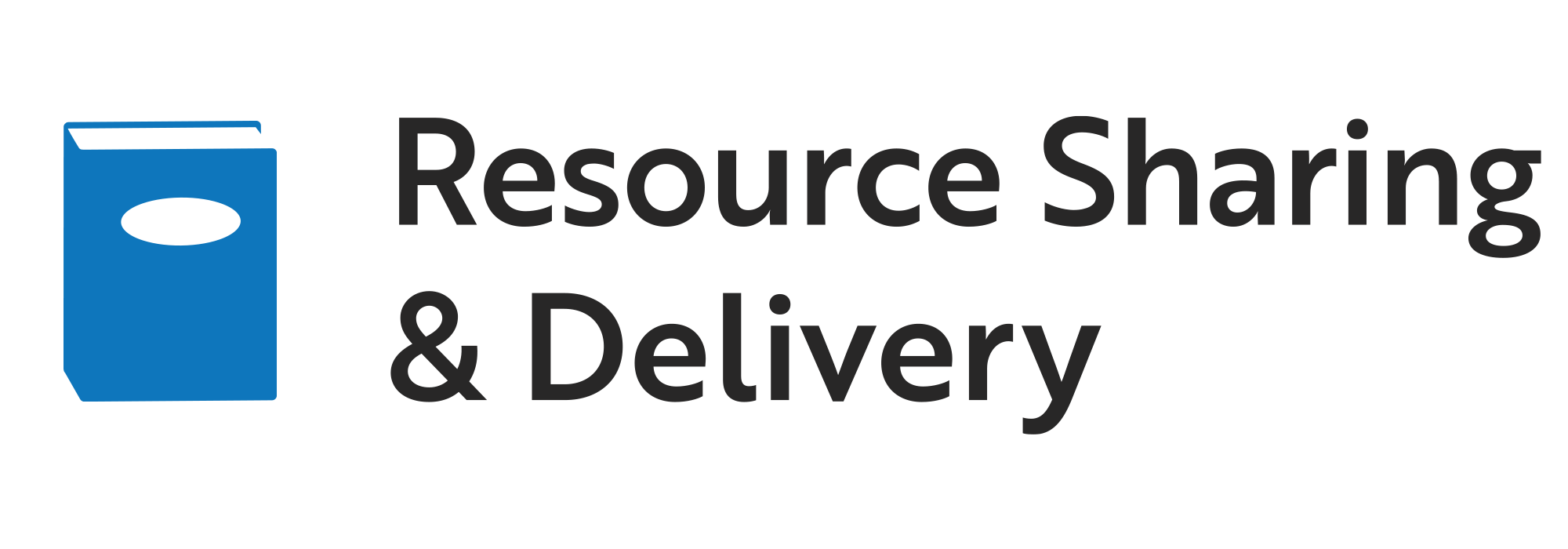by Carol Nelson
Quick Summary
In Minitex Resource Sharing, we have made several technological improvements which help us to speed processes, reduce errors, and improve turnaround time to the end user.
In Minitex Resource Sharing, we have made several technological improvements which help us to speed processes, reduce errors, and improve turnaround time to the end user. We thought that the beginning of the year is a good time to share some of those solutions.
We receive interlibrary loan (ILL) requests from six external systems. Historically, incoming ILL requests were printed upon arrival in the office, with each system having their own print layout and download process.
Mira is a Windows desktop application which is being developed in-house at Minitex to increase workflow efficiencies for Resource Sharing. We have already implemented many of its features, and there are more enhancements planned for the future. Currently, the Mira application is able to upload requests from each ILL system and provide a standardized request layout. This standardization increases efficiency in the Resource Sharing workflows, for example:
- Downloading and printing of new requests is now done on one system instead of six individual systems.
- The single request layout is especially helpful for training staff.
- The automation of much of our former manual verification process. Now when the request is printed, it has the relevant call numbers and potential suppliers already listed.
- If the automated check finds that an item is unavailable (in use) at the University of Minnesota Twin Cities, it will route the request directly to a referral queue.
- Requests in the referral queue are searched by the system so that referral locations can be added to the request based on our OCLC Custom Holdings list.
- Requests are automatically distributed into work queues in the system representing the next point of action for a request.
- During the automatic verification process, any request that can be filled with an electronic resource from the collections of the University of Minnesota Twin Cities Libraries are assigned a barcode corresponding to a short URL which links directly to the article.
- Staff working at remote campus libraries download and print requests on-site rather than needing to retrieve them from the main office in Andersen Library.
- Staff can quickly check the electronic journals that are available from Minitex referral locations by using a scripted program which links to 12 referral library catalogs.
As we continue to integrate work processes and build functionality in Mira, the need to print requests will increasingly happen only at the point of need. The planned addition of request referral and reporting to the application will also give staff an easily accessible history of what actions have been taken on each individual request.
In other areas of Resource Sharing, technology has also made an impact. Staff have created a direct link to University of Minnesota Twin Cities Campus licensing information for electronic resources that provides a dynamic document of our electronic resource usage rights for interlibrary loan. We no longer have to manually update any changes made by the University Libraries when new information is available.
Macros and AutoHotkey have been implemented in many areas of Resource Sharing to speed the updating of requests, save keystrokes, and move files between various folders on drives to facilitate more efficient processes.
Minitex is fortunate to have Resource Sharing and IT staff who have the expertise to implement technological improvements in our processes. We would love to learn more about how you are using technology to improve your workflow. Please contact me if you are willing to share developments in your ILL operation.

